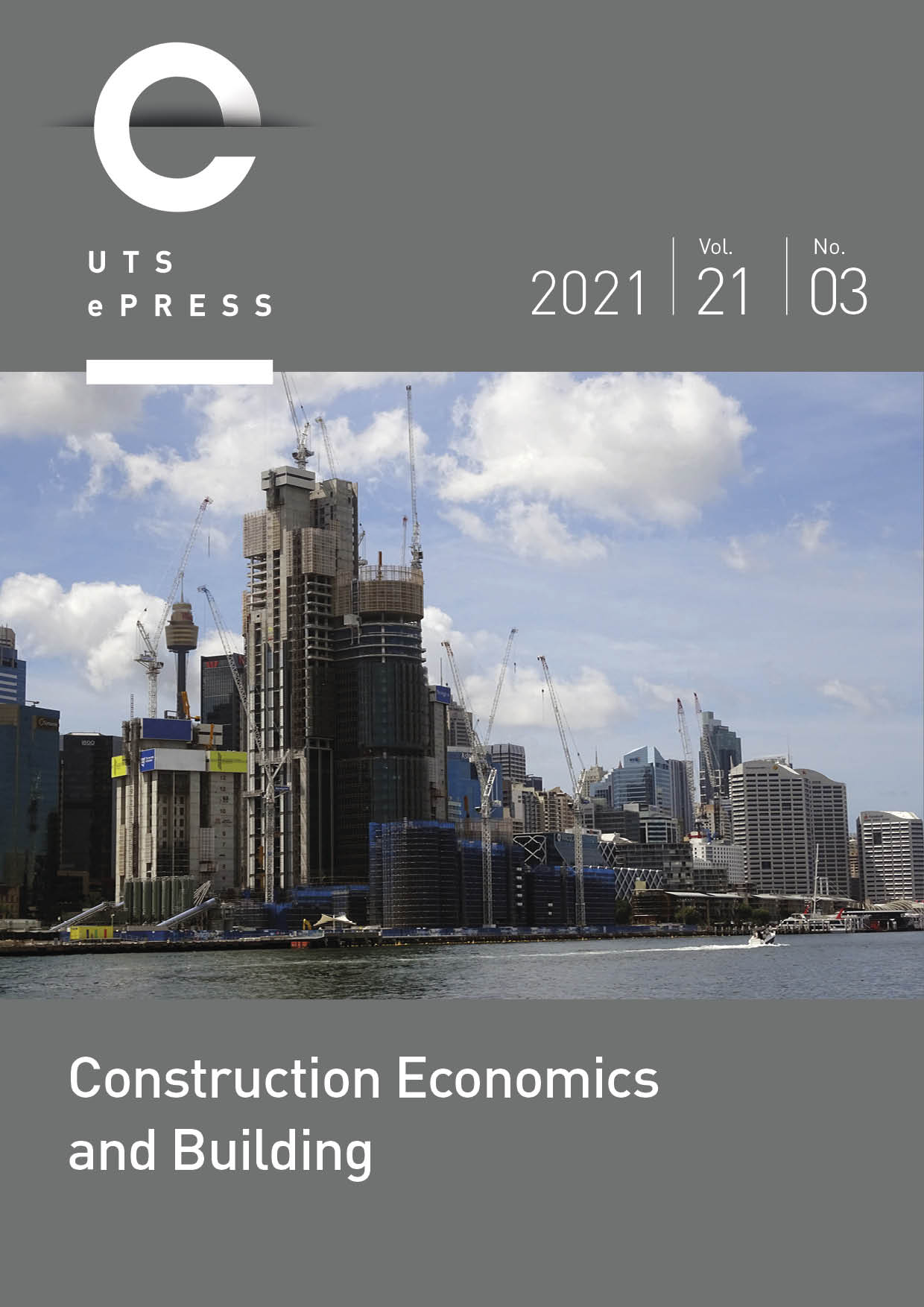The Impact of Construction Labour Productivity on the Renovation Wave
Main Article Content
Abstract
The European Green Deal's Renovation Wave aims to renovate 35 million energy-inefficient buildings to reduce carbon dioxide (CO2) emissions by at least 55% by 2030. Historically, efforts to reduce CO2 emissions focused on Operational Energy (OE) of the finished buildings. However, in recent years the Embodied Energy (EE) of the building’s construction process has gained attention because of its essential role in construction renovations projects. In this context, construction efficiency, and more precisely, workers’ efficiency, is a vital catalyst to achieve the European Union (EU) targets. To identify the impact of Construction Labour Productivity (CLP) on the renovation wave an exploratory case study was adopted as a research strategy. Data from four domestic housing renovation projects were gathered. Three specific research goals are outlined. The first is to demonstrate the effect of the adoption of Lean tools and methods to increase CLP. The second is to quantify the correlation between improved productivity and the EE emissions saved during the construction phase. The third goal is to estimate the effect the higher productivity has on OE emissions. The results show that the adoption of several Lean tools and methods has a potential to improve CLP to 45%. This rate of improvement for the 35 million housing units to be renovated could save 6.9 million tonnes CO2e from EE and 386 million tonnes CO2e from OE. This novelty link between process improvements and reduced energy consumption and emissions can support politicians and infrastructural developers in decision-making for a more sustainable construction industry.
Article Details
Section
Authors who publish with this journal agree to the following terms:
a) Authors retain copyright and grant the journal right of first publication with the work simultaneously licensed under a Creative Commons Attribution License that allows others to share and adapt the work with an acknowledgement of the work's authorship and initial publication in this journal.
b) Authors are able to enter into separate, additional contractual arrangements for the non-exclusive distribution of the journal's published version of the work (e.g., post it to an institutional repository or publish it in a book), with an acknowledgement of its initial publication in this journal.
c) Authors are permitted and encouraged to post their work online (e.g., in institutional repositories or on their website) prior to and during the submission process, as it can lead to productive exchanges, as well as earlier and greater citation of published work (See The Open Access Citation Advantage Service). Where authors include such a work in an institutional repository or on their website (ie. a copy of a work which has been published in a UTS ePRESS journal, or a pre-print or post-print version of that work), we request that they include a statement that acknowledges the UTS ePRESS publication including the name of the journal, the volume number and a web-link to the journal item.
d) Authors should be aware that the Creative Commons Attribution (CC-BY) License permits readers to share (copy and redistribute the work in any medium or format) and adapt (remix, transform, and build upon the work) for any purpose, even commercially, provided they also give appropriate credit to the work, provide a link to the license, and indicate if changes were made. They may do these things in any reasonable manner, but not in any way that suggests you or your publisher endorses their use.
